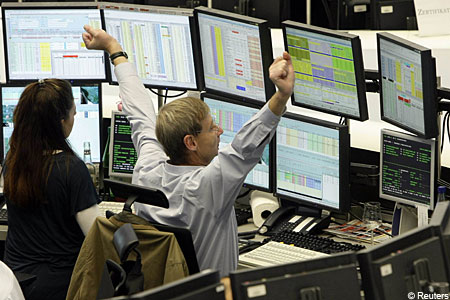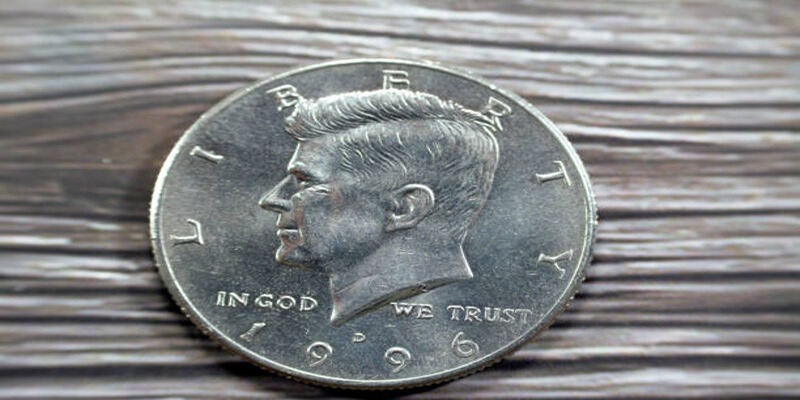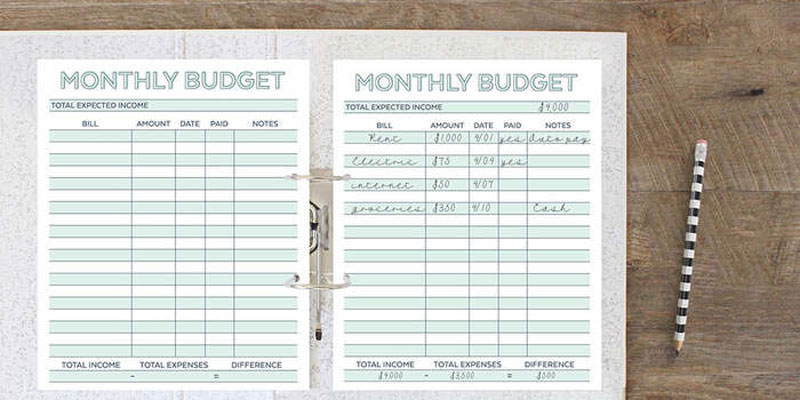Day Trading Stocks Time Frames
Oct 06, 2022 By Triston Martin
When day trading stocks, novice traders sometimes ask which periods they should focus on. Do you use tick charts in addition to a five-minute chart for context, or do you find that using a one-minute chart is more effective? Which chart, one that updates every hour or every 15 minutes, is better for tracking important support and resistance levels developed over the last several days?
Before we go into the answers to these questions, it's important to point out that your trading strategy needs to include an explanation of the optimal periods for monitoring and trading. Use the material presented here to educate yourself on the many day-trading methods available to you if you have not yet developed a trading strategy for yourself. If you already have a trading strategy, it's time to end the uncertainty and start educating yourself on the various periods that are most useful for day trading.
Chart Time Frames Don't Change Market Volatility
You should disregard the advice of the individual who tells you that one-minute charts are too unpredictable if you hear them say so. The degree of market volatility is not affected by how data is analyzed; what does vary is the amount of information that is observed.
Tick charts provide the most information possible because they generate a bar for each transaction. Charts depicting one-minute intervals demonstrate how the price behaves throughout each minute. A chart that shows price change in increments of five minutes is called a five-minute chart.
The one-minute chart is more volatile than the five-minute chart, even though the five-minute chart seems to be more stable. One minute of a five-minute bar equals five minutes of a one-minute bar. Although the one-minute chart may give the impression of being more chaotic, this is just because it displays more information on trading.
Which Time Frames To Monitor
Time frames do not affect the information shown; nevertheless, they affect how that information is displayed. In the same way, time frames do not influence volatility; time frames do not change the information you see. Charts using shorter time frames display more information, whereas charts with longer periods disclose less detail. Although the information is still there in the long-term chart, the chart has been zoomed out to emphasize the long-term patterns rather than the short-term details.
When day trading stocks, keeping an eye on a tick chart around open is important. Because there are so many transactions around the time the market opens, the price may make multiple significant swings and reversals in only a few minutes. These are movements that may be traded, but since they happen so rapidly, traders may be unable to catch them if they look at one-minute charts.
Despite many trading activities, just one or two one-minute bars may have formed, making it difficult to detect trade signals. On the other hand, traders looking at tick charts may see ten or twenty bars appear within a few minutes of the market's opening, and those bars might generate several trade signals. When trading high-volatility stocks, the likelihood of this happening is significantly increased.
As The Day Goes On, Be Sure to Stretch out Your Time Frame

Your tick chart is likely to amass a lot of bars as the day goes on, particularly if it is a volatile day of trading with a large number of transactions. This might result in an excessive amount of detail. It may be difficult to view the complete price range for the trading day when the chart is zoomed in, and it may even be impossible to observe the entire current trend. Opening a chart for one minute or two minutes might be helpful when this happens. It serves as a synopsis of the tick chart and provides traders with more background information on the activity.
Day Traders Very Rarely Check the Prices of Prior Days
Day traders focus most of their efforts on analyzing the data from the current trading day. When they open their charts for the day, they only look at what occurred in the pre-market and perhaps a little bit of the session before that. Other than that, they don't look at anything else. In most circumstances, it is all that is required. Day traders have to keep their attention on the current market conditions. For a day trader, studying a great deal of history will not provide them with much useful knowledge.

If a day trader's trading strategy calls for them, only then would a day trader bother to keep track of what occurred on previous trading days. For instance, one trading approach known as the "dead cat bounce" searches for chances to trade based on price gaps. Because the trade signals for this approach may not appear until several days after the price gap has already happened, it is necessary to utilize a chart that shows an extended period for the prices being tracked.








